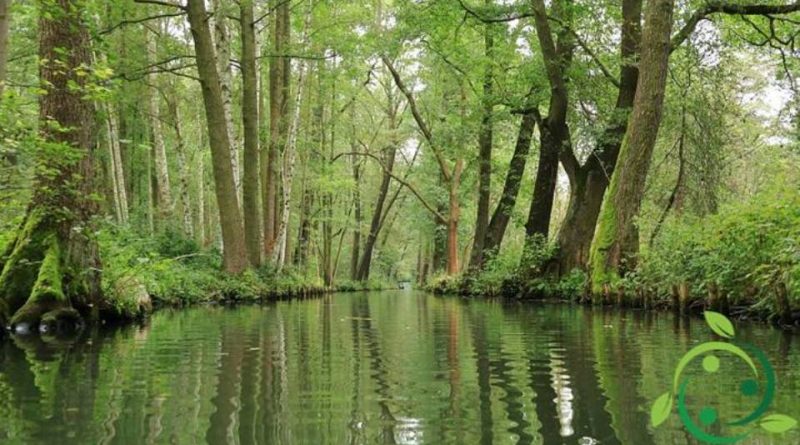Biosphere
Biosphere
By the term biosphere is meant the shell outside the earth’s surface, consisting of air, water, soil and subsoil (for the depth of a few tens of meters), in which the essential conditions for life exist; by extension it defines the set of living forms.
In biology the term biosphere indicates the set of areas of the Earth where environmental conditions allow the development of life. The term biosphere is not synonymous with ecosphere, which is instead the set of areas of the Earth where environmental conditions allow the formation and development of ecosystems.
The biosphere, which is thought to have been born at least 3.5 billion years ago, includes the outer portion of the lithosphere (soil and part of the subsoil), the hydrosphere (sea, lake and river waters), and the first layers of the atmosphere (up to an altitude of about 10 km).
The biosphere is therefore composed of the oceanic depths and the first layers of the atmosphere, with a maximum thickness of about 20 km.
If we compare, therefore, the biosphere, with the terrestrial radius, which is about 6371 km, we are in the order of magnitude of 0.31%.
This number becomes fundamental to understand the delicacy of this layer, which instead contains all the biotic and abiotic factors to sustain life in all its forms.
The biosphere, as a whole, has important exchanges of matter only within the Earth (biogeochemical cycles). External inputs are quantitatively very limited (meteors and meteorites). Therefore in the biosphere a flow of energy and a cycle of matter can be identified. The energy flow, always renewed, comes from the Sun and passes through all biological levels and environmental factors, allowing the maintenance of life as we know it.
In the meaning of Gaia the biosphere can be seen as a single living organism. This is known as the Gaia Hypothesis or Gaia theory.
The biosphere can be broken down into macro-units characterized by uniform climate conditions, in which specific flora and fauna have been adapted, called biomes, which in turn can be broken down into micro-units called ecosystems. The contemporary scientific orientation, instead, does not follow this logic and inserts ecosystems in a sequence based on the principles of ecology and is therefore supported by the Theory of Systems.

